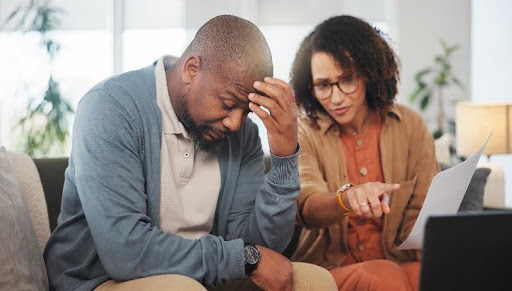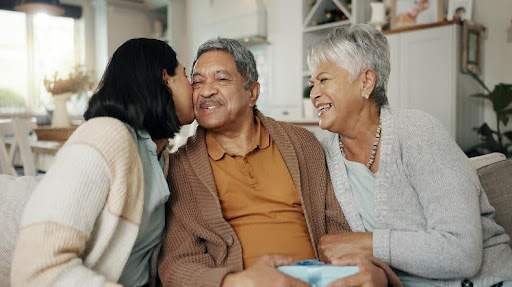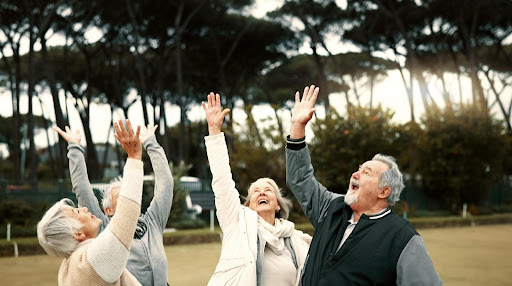
Uncategorized
What Independence Really Means: A 4th of July Reflection from Spring Hills
For some, it means staying active and engaged with friends and hobbies. For others, it means having the support they…











